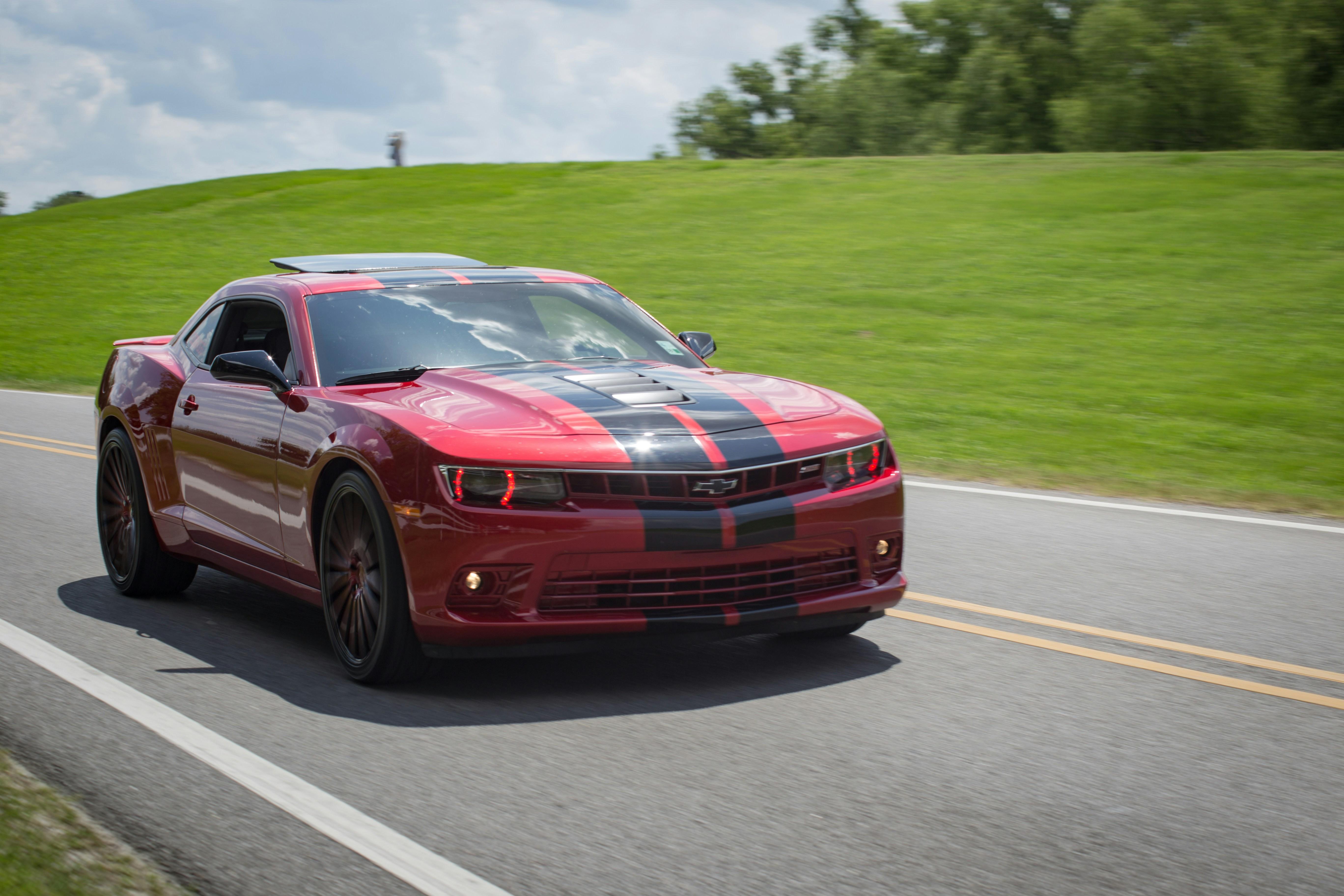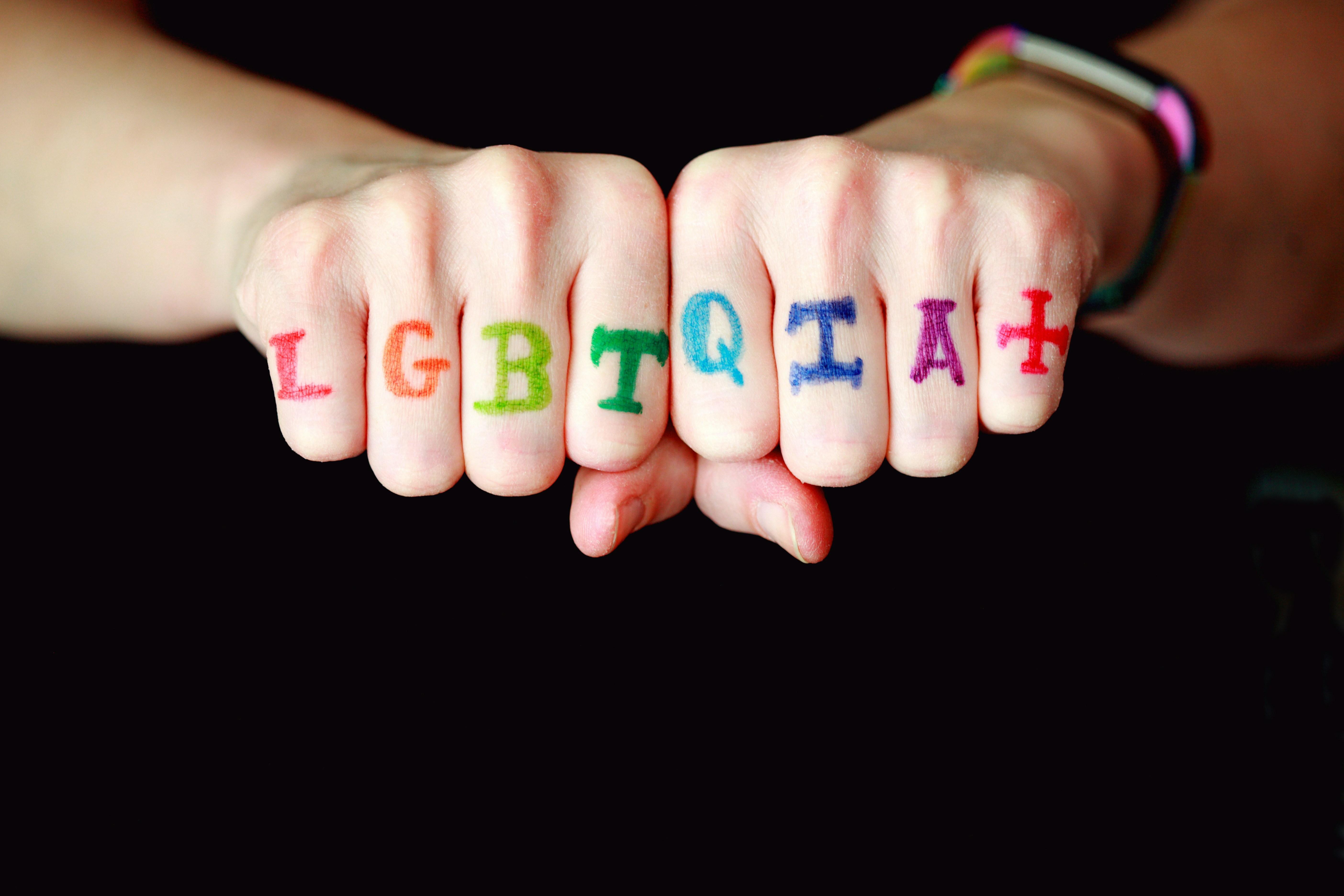The “Fast and the Furious” franchise, a cinematic juggernaut that has captivated audiences worldwide since its inception in 2001, offers more than just high-octane car chases and adrenaline-pumping action sequences. Beneath the surface of its blockbuster appeal lies a nuanced tapestry of cultural diversity, woven through its eclectic cast, varied settings, and the thematic undercurrents that drive its narrative. As the franchise has evolved, it has not only embraced a multicultural ethos but has also reflected the shifting dynamics of global society. This article critically examines how the “Fast and the Furious” series represents cultural diversity, exploring the impact of its diverse casting choices, its engagement with different cultural identities, and the broader implications for representation in mainstream cinema. Through a balanced lens, we delve into the ways this franchise mirrors and sometimes challenges societal norms, offering insights into the complexities and potential of cultural diversity in modern filmmaking.
Exploration of Multicultural Casting and Character Development
The Fast and the Furious franchise stands as a beacon of multicultural casting and character development, skillfully weaving together diverse backgrounds to create a global tapestry. This diversity is not merely superficial but deeply integrated into the fabric of its storytelling. Characters come from various ethnicities and nationalities, including but not limited to Latino, Black, Asian, and Middle Eastern. This deliberate casting choice not only reflects the multicultural world we live in but also appeals to a broad audience, resonating with viewers across different cultures.
Through its character development, the franchise tackles the theme of family—an inclusive concept that transcends cultural boundaries. The characters’ backstories and personal journeys are enriched by their unique cultural identities, adding layers of depth and authenticity. For instance, the Toretto family dynamics are heavily influenced by their Latino heritage, which is evident in their traditions and values. Meanwhile, characters like Han Lue bring in elements of Asian culture, contributing to the narrative’s richness. This approach not only enriches the plot but also fosters a deeper understanding and appreciation of different cultures, making the franchise a pioneer in multicultural representation in mainstream cinema.

Representation of Global Settings and Cultural Narratives
The Fast and the Furious franchise stands as a testament to the multifaceted . By weaving together characters from diverse backgrounds, the films embrace a wide array of cultural identities and experiences. This is not merely a backdrop for high-octane action but a deliberate choice to reflect the globalized nature of modern society. Through its characters and settings, the franchise underscores themes of family, loyalty, and community, transcending borders and cultural barriers. The ensemble cast features individuals from various ethnicities, each contributing their unique cultural perspectives and narratives, which in turn enriches the storytelling.
- Dom Toretto, portrayed by Vin Diesel, represents the strong ties of a multicultural family, often seen celebrating their heritage.
- Han Lue, a fan-favorite character, brings a slice of Asian culture, influencing the franchise’s narrative through his unique background.
- Letty Ortiz, played by Michelle Rodriguez, adds to the diversity by portraying a strong Latina character, showcasing the richness of her cultural roots.
The films traverse various global locales, from the bustling streets of Tokyo to the vibrant cityscapes of Rio de Janeiro, each setting offering a glimpse into the local culture and lifestyle. This not only broadens the audience’s perspective but also challenges the Hollywood norm of monocultural narratives. By integrating diverse settings and cultural elements into its plot, the franchise fosters a more inclusive cinematic universe, appealing to audiences worldwide and resonating with the contemporary push for more representative storytelling in media.

Analysis of Cross-Cultural Interactions and Relationships
The Fast and the Furious franchise stands as a vivid tapestry of cross-cultural interactions, offering a lens through which audiences can explore the complexities of global relationships. The films are a melting pot of diverse characters, each bringing their unique cultural backgrounds to the forefront. This diversity is not merely aesthetic but is woven into the narrative fabric, influencing plotlines and character development. From the streets of Tokyo to the vibrant communities of Los Angeles, the franchise showcases an array of settings that highlight the multifaceted nature of human interaction across cultures.
- Character Diversity: The ensemble cast includes actors from various ethnic backgrounds, such as Vin Diesel, Michelle Rodriguez, and Sung Kang, each representing different cultural identities. This variety allows the audience to see how characters from different backgrounds can work together, often emphasizing themes of family and unity beyond blood ties.
- Global Settings: The films take viewers on a whirlwind tour around the globe, offering insights into different cultural landscapes. Each location, whether it’s the neon-lit streets of Tokyo or the bustling cityscape of Rio de Janeiro, is depicted with a respect for its cultural significance, adding depth to the storylines.
- Cultural Elements: The franchise incorporates various cultural elements, from language and music to traditional customs and street racing subcultures. This blend not only enriches the narrative but also provides a platform for cultural exchange, where characters learn and grow from each other’s experiences.

Recommendations for Enhancing Authenticity in Cultural Representation
The Fast and the Furious franchise has set a precedent in representing cultural diversity, yet there are areas for improvement to ensure authentic portrayals. To enhance authenticity, filmmakers can prioritize inclusive storytelling by collaborating with writers and consultants from the cultures being depicted. This approach helps avoid stereotypes and brings genuine narratives to the forefront.
- In-depth Research: Directors and writers should immerse themselves in the cultures they aim to represent, going beyond surface-level depictions to capture the nuances and complexities of different communities.
- Empowering Voices: Providing platforms for actors and crew from diverse backgrounds to share their perspectives can enrich the storytelling process, leading to more authentic character development.
- Respectful Representation: Ensuring that cultural elements, such as language, traditions, and attire, are portrayed accurately and respectfully can foster a deeper connection with global audiences.
By implementing these strategies, the franchise can continue to celebrate diversity while offering more genuine and respectful cultural representations.
In Retrospect
the Fast and the Furious franchise stands as a complex tapestry of cultural diversity, woven with both commendable threads and visible gaps. While it has undeniably made strides in representing a variety of cultures, ethnicities, and backgrounds, it also presents an opportunity for further introspection and growth. The series has sparked important conversations about inclusivity in mainstream media, illustrating both the potential and challenges of authentically portraying a multicultural world. As the franchise continues to evolve, it remains crucial for filmmakers and audiences alike to critically engage with its representations, ensuring that the stories told on screen resonate with authenticity and respect for the diverse global community it seeks to reflect.
